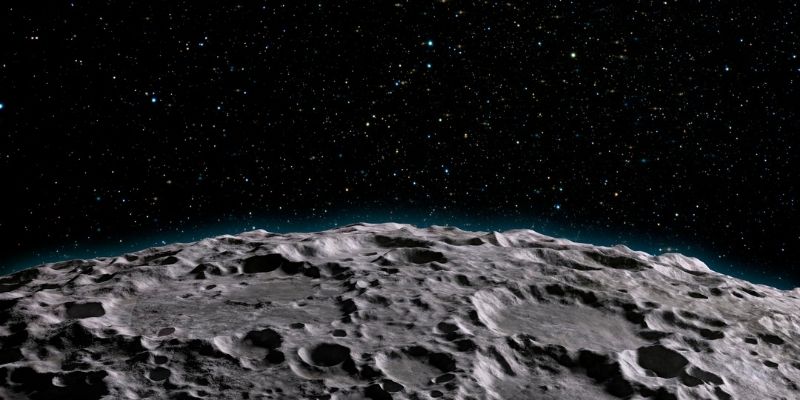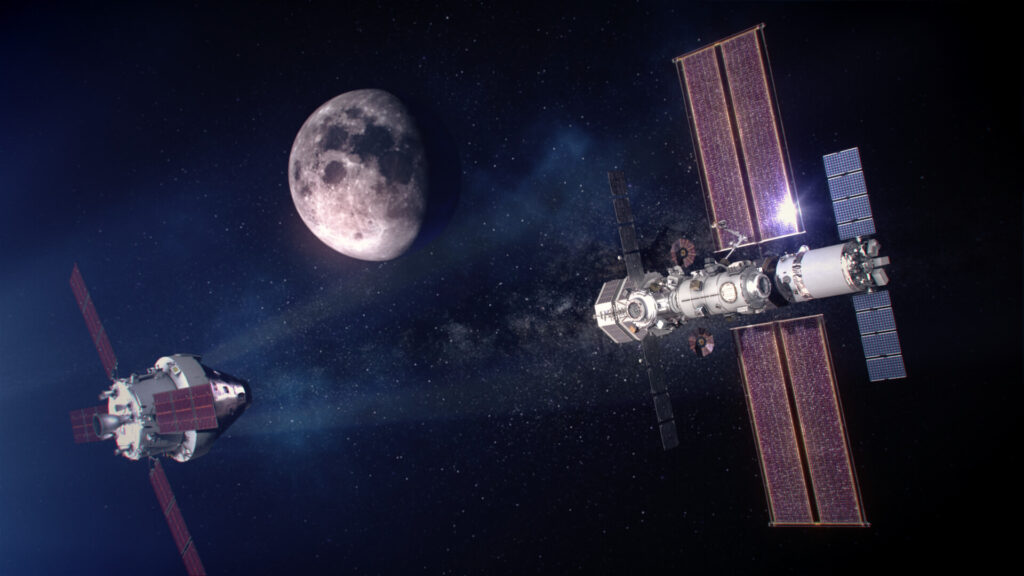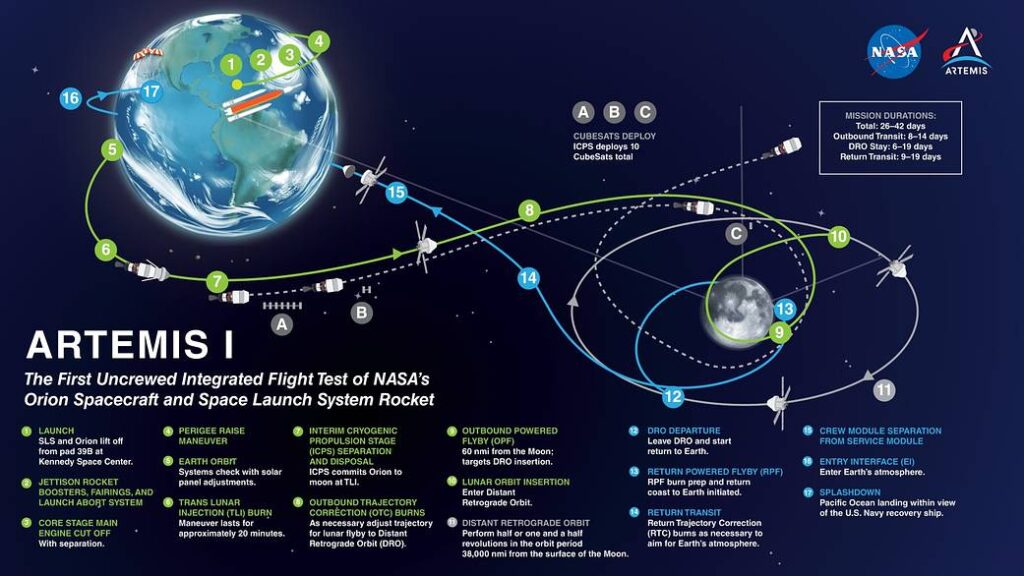
NASA brought out its Artemis I lunar mission to the launchpad for testing at Florida’s newly upgraded Kennedy Space Centre
Read more
What is Artemis Mission?
NASA’s Artemis mission, named after Apollo’s twin sister from Greek mythology, is considered the next generation of lunar exploration. It is a sequence of progressively complicated missions that will allow humans to explore the Moon and Mars.
Artemis’ program seeks to land humans on the Moon by 2024, as well as to land the first woman and person of colour as well.
NASA will establish an “Artemis Base Camp” on the Moon’s surface to give astronauts a place to live and work. They also intend to build the “Gateway,” a spaceship that will remain in lunar orbit for more than a decade to facilitate exploration by robots and astronauts. The Gateway will function as a multi-purpose outpost orbiting the Moon and essential to NASA’s long-term lunar activities.
Orion spacecraft will serve as the exploration vehicle transporting humans from Earth to lunar orbit and back. NASA’s new heavy-lift rocket, the Space Launch System, will carry Orion into space.
Space Launch System (SLS) rocket will carry more payload to deep space than any other vehicle. It is the only rocket that can send Orion, astronauts, and cargo directly to the Moon on a single mission. The SLS will be the world’s most powerful rocket and travel 2,80,000 miles from the Earth for over four to six weeks during its first mission.
Human landing systems are the final mode of transportation that will take astronauts from lunar orbit to the surface and back to orbit.
Explorations Ground Systems at Kennedy Space Centre, Florida, are structures on the ground that are necessary to support the launch and recovery of returning astronauts.
SLS and Orion spacecraft, the human landing system, and the Gateway in orbit around the Moon are NASA’s foundation for deep space exploration.

(Credit: NASA/Alberto Bertolin)
Artemis I Mission
Artemis I, originally Exploration Mission-1, will be an uncrewed flight test of the SLS and the Orion spacecraft over 26 days, during which it will orbit the Moon for six days before returning to Earth.
The primary goal is to ensure the crew module’s safe entry, descent, splashdown, and recovery. It is scheduled to launch in late May 2022. The mission will end with the Orion spacecraft’s ability to return safely to the Earth.

(Credit: NASA)
Artemis II Mission
Artemis II, the second flight under the program, will have a crew onboard and test Orion’s critical systems with humans onboard.
Artemis III and beyond
Planning is underway for a regular Artemis mission with crew on and around the Moon. NASA will eventually use the learnings from the Artemis program to send the first astronauts to Mars. The intention is to use lunar orbit to obtain the experience needed to expand human space exploration further into the solar system.
Know more about NASA Sun missions and NASA’s mission to unfold the universe
Source: NASA